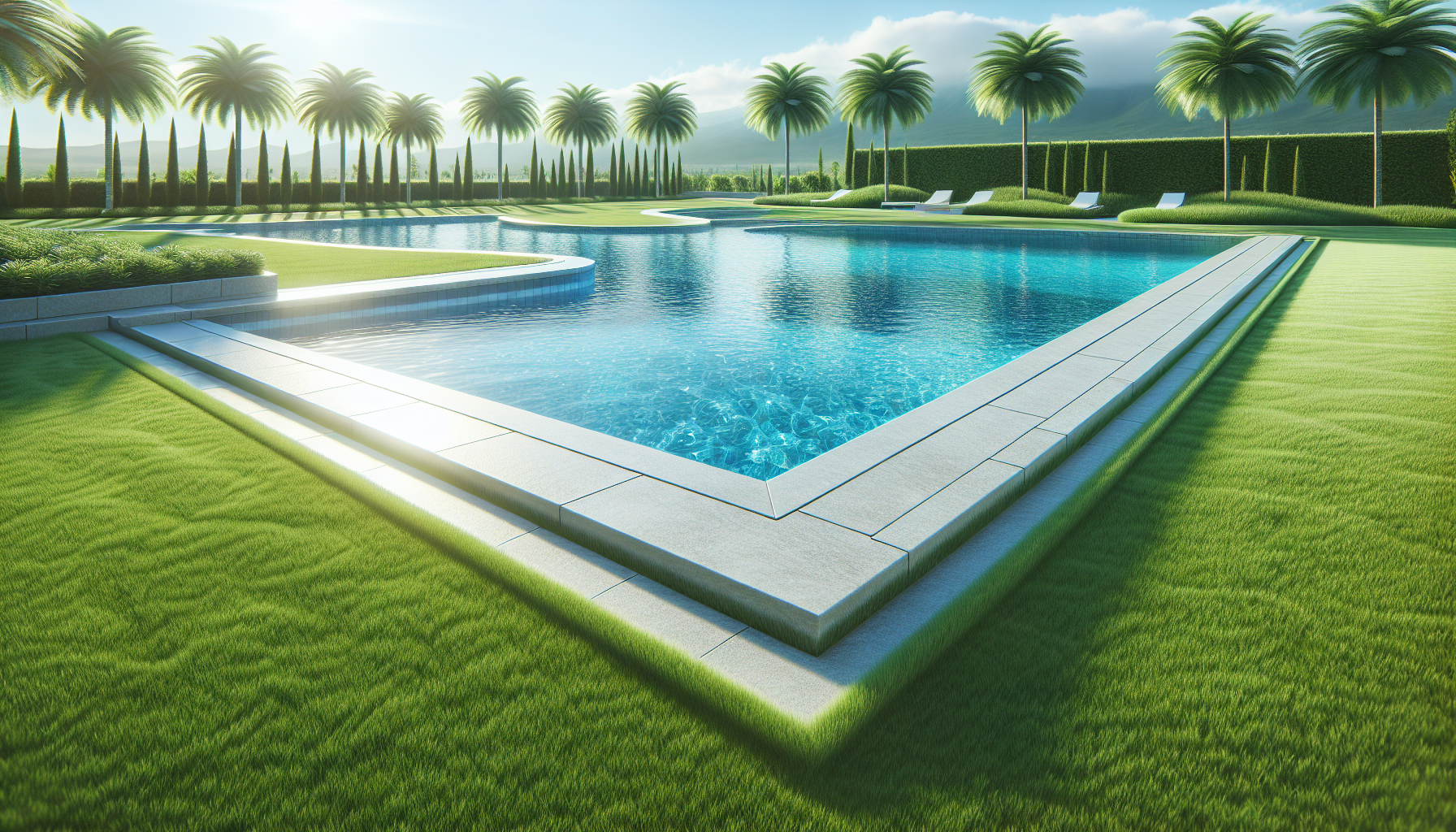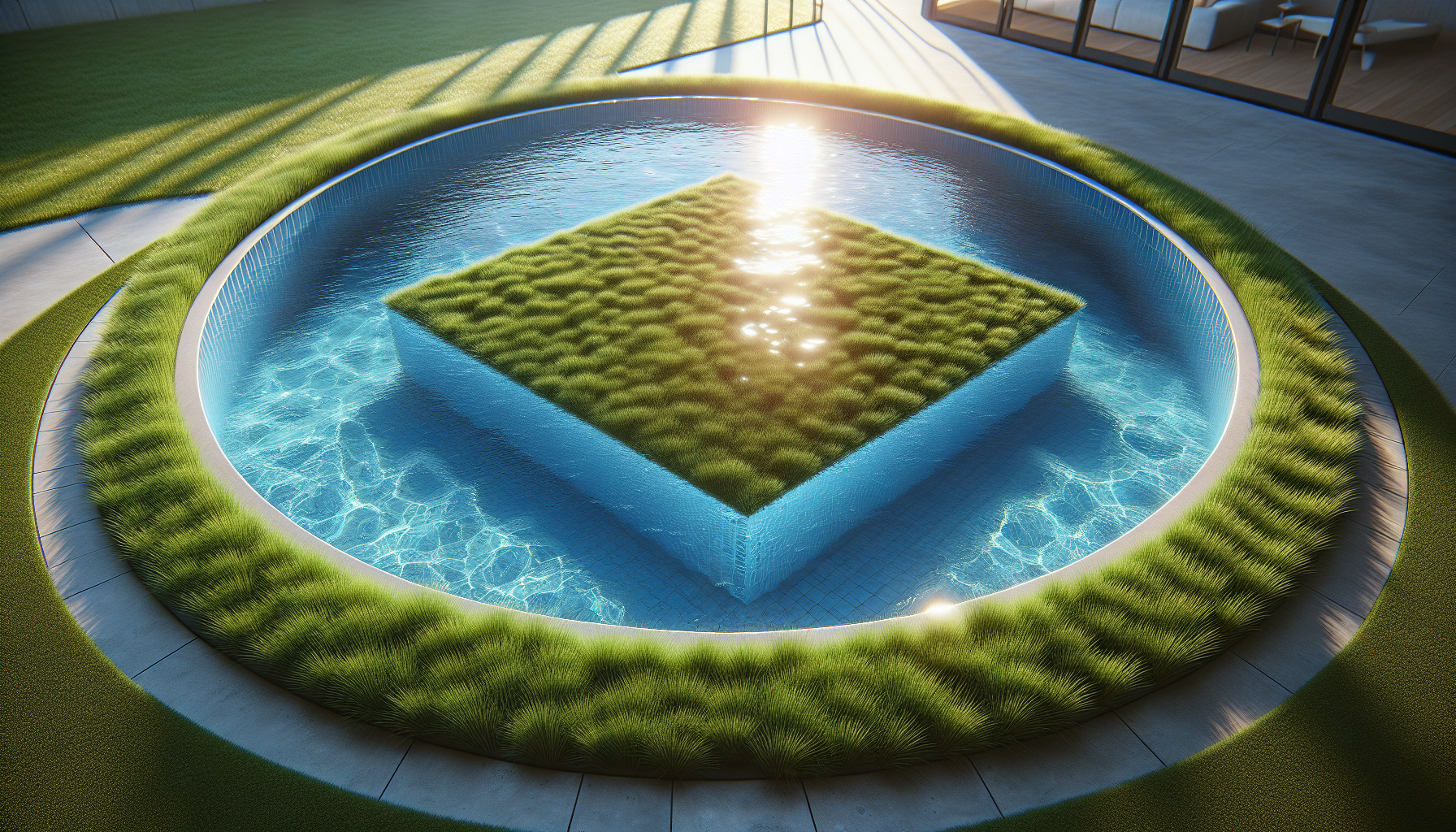
Preparing the ground for artificial grass installation is a crucial process that needs to be approached methodically for optimum results. The first crucial step is assessing the ground conditions to identify any issues that need attention.
Ground preparation, including soil preparation, ground flattening, and site preparation, is essential to create an optimal surface for installation.
Clearing the area of debris and rocks is the initial step in creating a clean and level surface.
Removing existing vegetation such as grass and weeds is vital for a proper installation.
Soil preparation involves loosening the soil, removing large rocks, and addressing any drainage issues. Proper ground leveling is essential for ensuring a solid foundation for any construction project.
Ground Preparation for Artificial Grass Installation
Proper ground preparation is crucial in order to achieve a successful artificial grass installation. The first step in surface preparation is to assess the existing surface, evaluating its condition and identifying any obstructions or irregularities.
It is important to consider the drainage system in place and the surrounding landscape for effective ground shaping and ground compaction.
Next, remove any existing vegetation, including grass, weeds, and unwanted plants.
Ensure that roots and debris are completely cleared to prevent future growth. This ground excavation is crucial for creating a clean and even surface for the artificial grass.
Establishing proper drainage is of utmost importance to avoid water pooling issues. Assess and improve the drainage in the area as needed, ensuring thorough soil excavation to optimize the ground’s ability to handle excess water and prevent any potential issues caused by ground compaction, ground excavation, soil excavation, surface preparation, ground smoothing, and ground shaping.

Steps for Ground Preparation
Ground preparation is crucial for installing artificial grass because it significantly contributes to the durability and longevity of the outdoor area. To ensure success, it is important to follow a systematic approach that aligns with the title .
The initial step in the process involves carefully assessing the area to determine its suitability for turf preparation.
This assessment includes evaluating the condition of the ground and identifying any underlying issues that may need to be addressed.
By doing so, you can ensure that the ground is stable and ready for the artificial grass.
Once the assessment is complete, the next step is clearing and cleaning the area. This involves removing vegetation, rocks, and debris that may hinder the installation process.
By clearing the ground, you create a clean slate for the artificial grass to be installed. Following the turf preparation, ground stabilization, ground drainage, soil drainage, ground maintenance, ground renovation activities, the field was ready for use.
Facts Supporting Ground Preparation for Artificial Grass Installation
- Assessing the area before turf preparation ensures the suitability of the ground for artificial grass installation.
- Clearing and cleaning the area removes vegetation, rocks, and debris, creating a clean slate for the installation process.
- Proper ground preparation contributes to the stability and durability of the artificial grass, increasing its longevity.
- Ground stabilization and drainage activities are essential for maintaining the integrity of the outdoor area and preventing water accumulation.
Tools and Equipment for Ground Preparation
Proper ground preparation is crucial for a successful installation of artificial grass. To achieve this, several tools and equipment for ground surfacing, ground improvement, ground covering, ground amendment, ground resurfacing, and ground regrading are necessary.
Accurate measurements play a significant role in ground preparation, and a measuring tape or laser distance measure can be used for this purpose.
Marking the area with stakes or spray paint helps ensure precision.
Clearing the ground of existing grass, weeds, and vegetation is the next step in ground preparation. Garden rakes or shovels can be used to remove debris effectively. Proper disposal of the cleared materials, resulting from ground surfacing, ground improvement, ground covering, ground amendment, ground resurfacing, and ground regrading, should be taken into consideration.
Leveling the Ground for Artificial Grass
Leveling the ground for artificial grass is crucial for a successful installation that will last for years to come. Proper ground preparation ensures a smooth and even surface, preventing uneven wear and tear and allowing for proper drainage.
Before starting the leveling process, it is important to evaluate the existing ground.
This includes checking for any slopes or unevenness, identifying drainage issues, and assessing the soil condition.
This information will help determine the amount of leveling required and guide the overall preparation process.
Once the evaluation is complete, the next step is to remove any existing vegetation.
This includes clearing the area of weeds, plants, and grass. Herbicides can be used to eliminate unwanted vegetation, or it can be manually removed. After vegetation removal, it is time to level the ground by tilling and ground compacting.
| Ground Evaluation | Vegetation Removal | Ground Leveling |
|---|---|---|
| Check for slopes or unevenness | Clear area of weeds, plants, and grass | Tilling and ground compacting |
| Identify drainage issues | Use herbicides or manual removal | |
| Assess soil condition |
Soil Compaction Techniques in Ground Preparation
Soil compaction techniques play a vital role in ground preparation for the installation of artificial grass. Proper ground preparation is crucial for ensuring the stability, durability, and longevity of the grass.
Soil compaction involves compressing the soil to increase its density, preventing surface irregularities and depressions, and improving drainage and water permeability.
The first step in soil compaction is clearing the area and removing any existing vegetation.
This ensures a clean surface for the compaction process. After clearing, the ground should be leveled to address any low or high spots.
Leveling helps create a uniform surface for the artificial grass.
To ensure the effectiveness of the compaction process, proper soil testing and analysis should be conducted.
This helps determine the soil’s composition and its ability to withstand compaction. Based on the analysis, suitable companies have been identified for ground sealing, ground edging, ground anchoring, ground trenching, ground installation, and ground removal.
Methods for Ground Stabilization
Ground stabilization is a crucial step in the installation of artificial grass. Properly preparing the ground ensures a long-lasting and well-maintained surface.
There are various methods that can be employed to achieve effective ground stabilization.
One important aspect of ground stabilization is soil analysis and assessment.
By determining the soil type and characteristics, potential issues and challenges can be identified and addressed. This allows for a tailored approach to ground stabilization, taking into consideration the specific needs of the soil for ground compaction testing.
Efficient drainage is another key factor in ground stabilization. Different types of drainage systems can be used to ensure proper water flow and prevent issues such as waterlogging, ground erosion control, or erosion. The ground replacement, ground repair, ground care, ground preservation, ground erosion control, and ground compaction testing are vital aspects of maintaining a safe and functional outdoor space.
Facts Supporting Ground Stabilization
- Proper ground stabilization ensures a long-lasting and well-maintained surface for artificial grass installation.
- Soil analysis and assessment help identify potential issues and challenges, allowing for a tailored approach to ground stabilization.
- Efficient drainage systems prevent issues such as waterlogging, ground erosion control, and erosion.
- Ground replacement, repair, care, preservation, erosion control, and compaction testing are vital aspects of maintaining a safe and functional outdoor space.
Proper Drainage During Ground Preparation
Proper drainage during ground preparation is crucial when installing artificial grass. Inadequate drainage can lead to various issues, including water accumulation and poor performance of the artificial grass.
To achieve effective drainage, it is essential to understand the principles of drainage systems.
Drainage systems work by allowing water to flow away from the surface, using gravity as a guiding force.
There are different types of drainage systems available ground compaction techniques, which are suitable for ground preparation. These systems should consider the natural slope of the area ground compaction equipment and the soil permeability ground leveling equipment.
Before installing the drainage system, it is important to evaluate the site. This includes identifying areas prone to water accumulation, checking the existing drainage infrastructure, assessing the soil composition, and utilizing ground compaction techniques, ground compaction equipment, ground leveling equipment, ground preparation tools, ground preparation methods, and ground preparation materials.
Avoiding Common Mistakes in Ground Preparation
When it comes to avoiding common mistakes in ground preparation for artificial grass installation, there are several important steps to follow. First, assess the existing ground condition by evaluating its state, checking for drainage issues or compacted soil, and identifying natural slopes or uneven areas.
Clear and clean the area by removing any existing vegetation, clearing debris and rocks, and thoroughly cleaning the area.
Ensure proper drainage by addressing any issues, creating a suitable gradient for water run-off, and installing a drainage system if necessary.
To ensure soil drainage techniques and soil stabilization, consider using ground stabilization materials during the ground preparation process. This will help create a stable foundation for your artificial grass. Use ground stabilization materials, soil leveling, soil grading, soil compaction, soil stabilization, soil drainage techniques to ensure the stability and quality of the soil.
Grass Removal Necessary Before Installing Artificial Grass
Choosing the Best Artificial Grass What Type is Right for You
